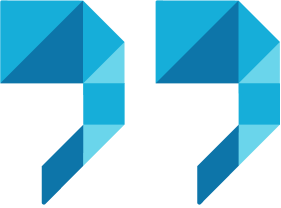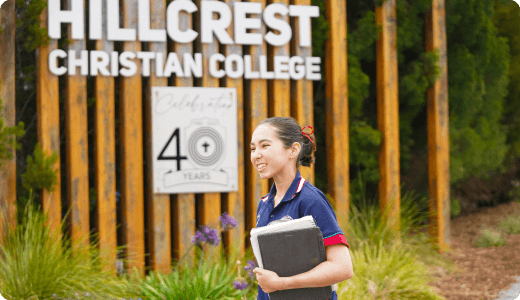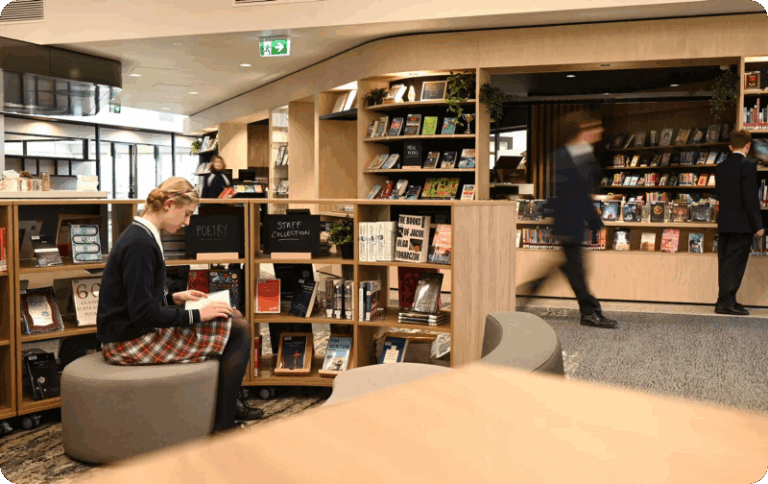From the blackboard to AI: a language teacher’s journey
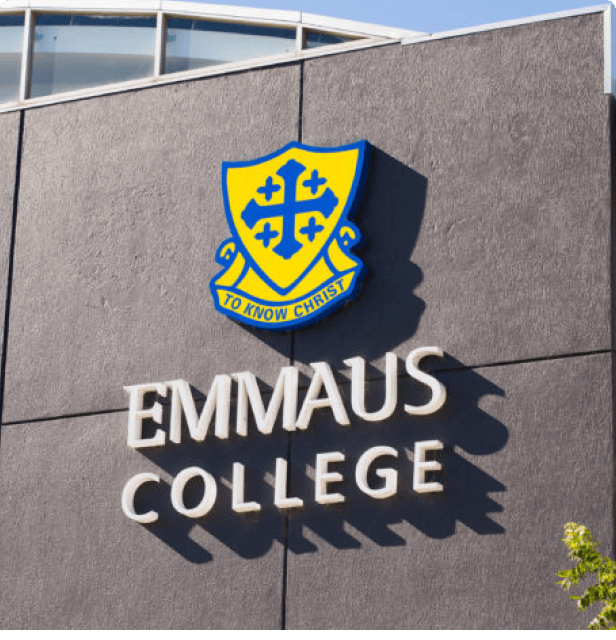
On this page
Share this
Emmaus College is an independent Roman Catholic comprehensive co-educational secondary day school, that serves the eastern suburbs of Melbourne, Victoria, Australia. It has a population of approximately 1,400 students from Years 7 to 12. Education Perfect (EP) was introduced over a decade ago and is used across the College. As Head of Languages, Maria Sabo has led EP’s integration into her department. She shares her teaching and learning journey and the significant role that EP has played along the way.
Maria has been teaching Italian at Emmaus College for twenty-seven years, serving as Head of Languages for twenty-five of them. Reflecting on the transformation in teaching tools, she notes, “We started with blackboards and overhead projectors, moved to booking projectors from the library, then smart boards and online platforms like EP.” She embraces these advancements, saying they keep teaching fresh, and she’s particularly excited about the potential for AI to be a game-changer in the classroom.
Maria’s EP Journey
When EP was first introduced, it was used for vocabulary and quizzes on an ad hoc basis. Today, it is fully integrated into the curriculum, “We have adopted a highly sequential approach using customised smart lessons to align with the textbook and creating a uniform template for all classes. The smart lessons include the learning intentions, teacher-written instructions on what notes they need to make in their workbooks, and activities from EP’s extensive library or we might upload a video from YouTube or the student grammar book.” This approach allows students to work at their own pace, with teachers monitoring and providing support in real time.
Over the years, Maria’s department has developed customised assessments to track student progress, “We created a rubric that matches EP’s insights and we assess the smart lessons based on student attempts, accuracy, and completion. We don’t have to correct students work anymore, which is just amazing!”
EP also supports students with different learning needs, especially those who struggle with writing, “EP offers a digital alternative where they can complete their work and experience success and a sense of accomplishment, which they may not feel in other subjects that require written tasks. And of course, EP’s monitoring features means we quickly identify student difficulties and can adjust lessons in real-time. The students also appreciate the recommendations feature that guides them to other activities to provide extra practice.”
The ease with which EP can be tailored using the Scratchpad feature and the numerous question types has given Maria and her team the flexibility to adapt to new approaches to language teaching such as Dr Gianfranco Conti’s Extensive Processing Instruction, “He has books of sentence builders that we simply import into EP, adding to the existing EP content, to provide the students with the repetition required to make the connections in the brain necessary for language learning but in a highly engaging way.”
This sequential smart lesson approach is used from Years 7 to 10, with some adaptations for Vocational Education and Training (VET) in the higher grades whilst still predominantly using EP’s content. In the senior years, students rely heavily on EP for vocabulary practice and revision, “All the students love it. They find the content absorbing and appreciate being in control of their own learning, so different from when I first started teaching.”
More Interactivity in the Classroom – and Out
“EP keeps students actively on task without the need for constant supervision, making the process more fun for both students and teachers. Particularly for junior students, EP is more engaging compared to traditional tasks like writing.”
The interactivity continues outside the classroom too, with Maria using EP to design scavenger hunts for students when they are on excursions such as trips to Melbourne’s Little Italy, “They have EP on their phones set up with a quiz with tasks such as recording themselves asking for an ice cream in Italian. The teachers monitor them via EP and text support or reminders if they are heading off task!”
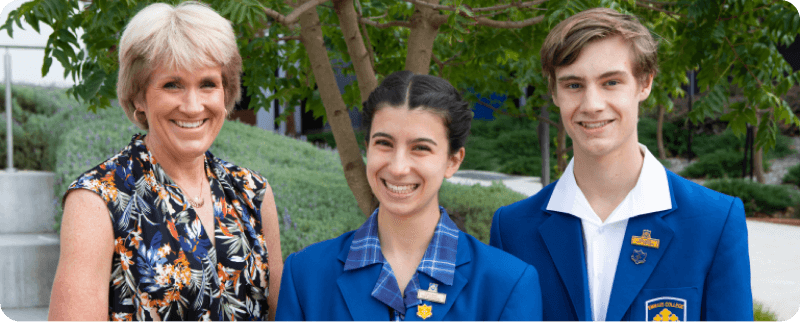
The Future is Bright
Maria is enthusiastic about the future of EP and technology in education. She highlights EP’s updates which keeps it aligned to curriculum changes and it’s integration of AI to provide even more insightful data. Maria herself uses AI to create assessments, teaching resources, and reports, “AI has transformed how I work and I am excited to see what we can achieve when it shifts more into the hands of the students.”
The future for languages at Emmaus College is bright. Student numbers in the Language Department are on the rise and Maria believes there is a correlation between the successful use of technology and their courses’ popularity, “I think it is the sense of satisfaction that students get as they work through our sequenced units. They can see their progress and what they have achieved at the end of each smart lesson and every term.”
Maria summarises the College and EP’s evolution,
“It started as a fun add-on, but now it is a tool we can’t do without.”
